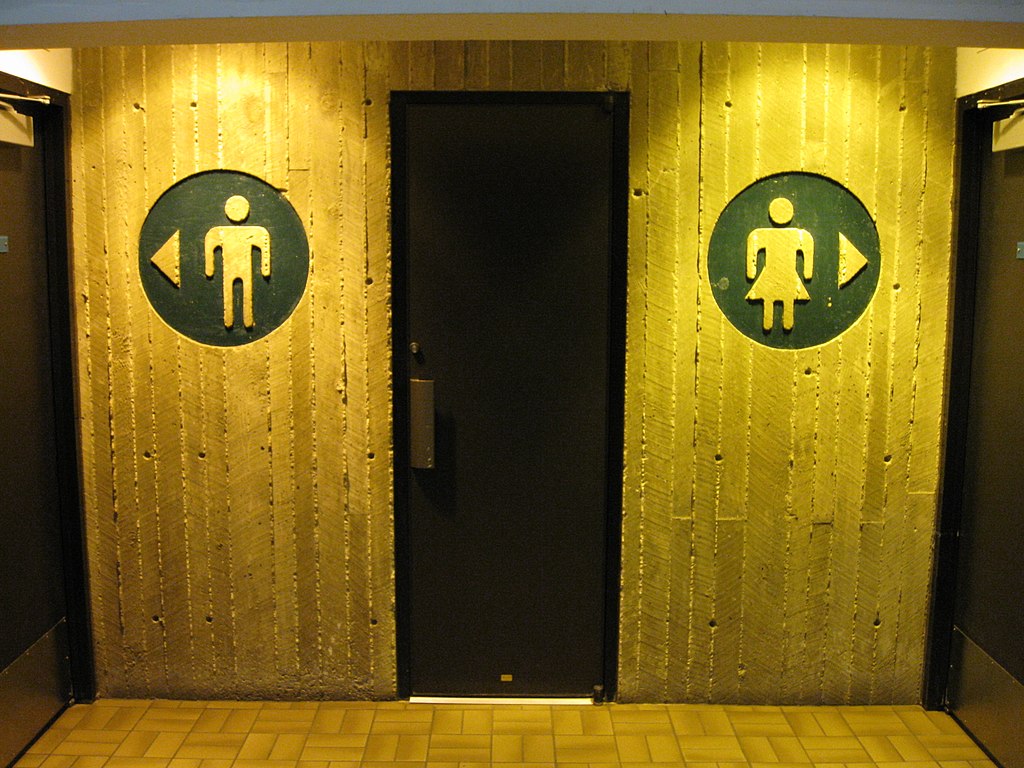Does Implicit Bias Explain Gender Discrimination?
Implicit bias is a concept that’s been enormously useful to feminists grappling with the way progress for women has stalled in some areas. Women are still under 5 percent of CEOs of Fortune 500 companies. They still make considerably less per hour than men for doing the same work. Women are still just 20 percent of PhD engineers and around the same percentage of philosophers. They still haven’t made it into the pantheon of US presidents, and only 23 out of the current members of the US Senate are women.
It’s all difficult to explain, especially if you don’t believe that women as a group have distinctive interests or aptitudes. But then, what’s going on? Outright sexism and misogyny aren’t exactly rare in the US, but neither are they common. Thus, if you suspect bias is at the root of the underrepresentation problem, implicit bias is a welcome concept.
Implicit bias is closely associated with a particular way of measuring it—the Implicit Association Test. If you haven’t taken a test like this, give it a try at the Project Implicit website, the creation of leading implicit bias researchers Brian Greenwood, Mahzarin Banaji, and Brian Nosek.
The various tests currently at the site aim to determine whether people have implicit biases on a huge range of topics, from breastfeeding and bottle-feeding, to Republicans and Democrats, to transgender people, to body size, to Donald Trump. The Trump test provides a simple illustration. How long would it take you to categorize a picture of Trump as “good or Trump”? Would you more quickly categorize the picture as “bad or Trump”? If so, then that’s a sign of a bias that could be unconscious. After all, it’s equally true that the picture falls under “good or Trump” and “bad or Trump.”
On many topics, people’s implicit biases are predictable, given their explicit beliefs. I believe Donald Trump is a bad president, so it’s no surprise that I am a little slow to categorize a picture of Trump as “good or Trump.” What’s interesting is that people have implicit biases that can’t be predicted on the basis of their explicit beliefs. You can believe that men and women are equally capable and yet find it easier to think of a man as an engineer or a business leader.
And in fact, most people have such biases. Of Project Implicit test takers, 75 percent associate men more with work roles and women more with family positions. If women go through life being subjected to the biases of admissions committees, and hiring committees, board member and voters, the cumulative effect could be enormous. Unfortunately for this explanatory strategy, implicit bias has lately become a bit tarnished. The concept has been critiqued by many psychologists and philosophers. A common objection is that implicit bias may exist, but the critical question is whether it affects the way we behave. After all, an employer could be biased in the direction of thinking of engineers as men, but be downright eager to hire more women. Project Implicit doesn’t shed much light on the impact of our biases.
Responding to objections of this sort, a recent Scientific American column (written by Keith Payne, Laura Niemi, and John Doris) points out that there’s compelling research bearing on the question of impact. For example, in a study of how people in academia respond to emails from students, researchers found that white males are more likely to receive replies than white females. It’s even worse for black males, worse again for black females, and so on. Chinese females are the most likely to be ignored.
It’s unlikely that anyone believes students who aren’t white males deserve to be ignored, so this seems to demonstrate that people have implicit biases that don’t match their explicit beliefs and that they act upon them.
And then there are many resume studies that show that the name on an applicant’s resume—whether a male name or a female name—affects the assessment of the candidate. It also affects decisions about hiring, salary, and willingness to mentor. Implicit bias affects more than our attitudes; it affects what we do.
Bias against women appears to be alive and well and it appears to have an impact, but is it a major part of the explanation of the underrepresentation of women in many domains? Nobody thinks it’s the whole story. There are other subtle cognitive factors, such as stereotype threat. Women are also driven away by sexual harassment. Workplace practices and policies can make it impossible for women to flourish if they are both workers and primary caregivers.
It’s hard to say how big a piece of the explanatory pie will involve implicit bias. At this point, it could be anything from a sliver to a hefty slice.





